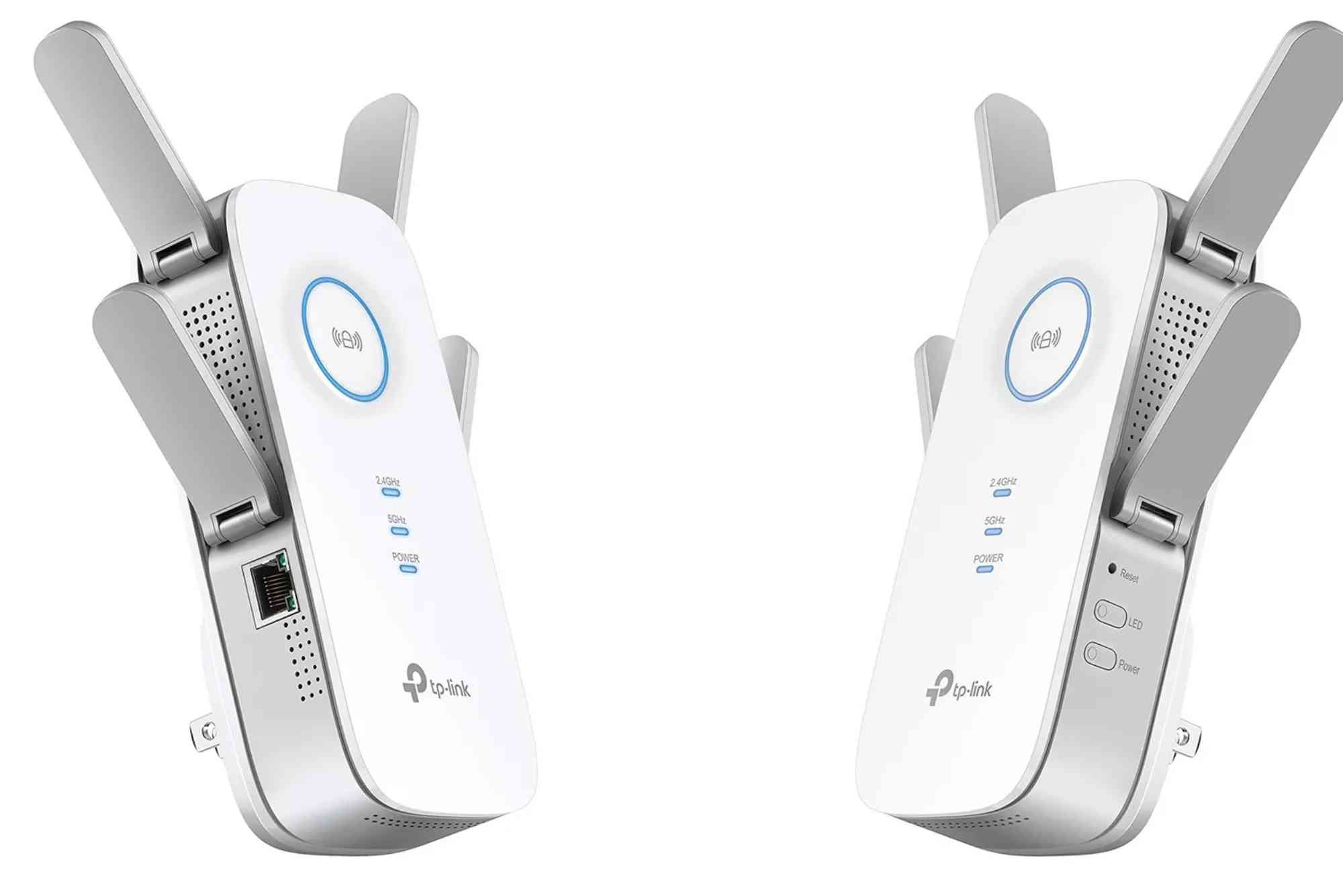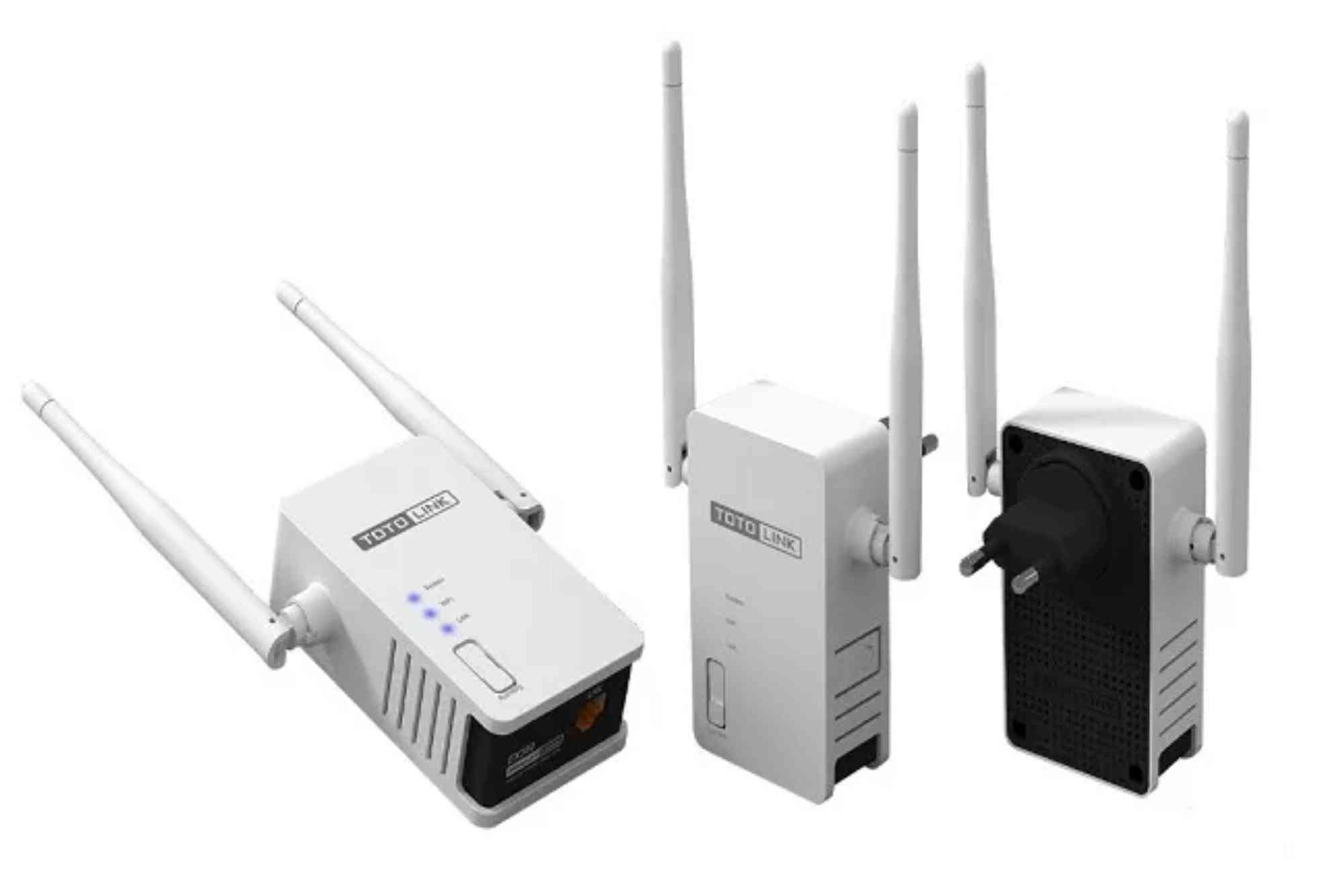Why Mesh Wi-Fi Signal Is Weak in Some Rooms and How to Fix
Mesh Wi-Fi systems promise seamless connectivity throughout your home. Yet, many users find that mesh Wi-Fi signal strength is weak in some rooms, causing frustrating drops, buffering, and slow downloads. Understanding why this happens — and how to fix it — can transform your internet experience from unreliable to rock-solid.
In this guide, we’ll explore the main causes of weak mesh Wi-Fi signals, how to fix them effectively, and practical tips to keep your network running smoothly.
Understanding Mesh Wi-Fi Systems
Mesh Wi-Fi networks use multiple interconnected devices, or “nodes,” to spread your internet signal evenly throughout your home. Unlike traditional routers that rely on a single point of broadcast, mesh systems create a network blanket — each node communicates with the others to maintain stable coverage.
However, even with this advanced setup, weak spots can occur. To fix the problem, you need to know what’s causing it.
Common Reasons Mesh Wi-Fi Signal Is Weak in Some Rooms
Poor Node Placement
Improper placement of your mesh nodes is one of the top reasons for signal weakness. If a node is too far from another or blocked by walls and furniture, the signal can degrade.
How to fix:
Place nodes in open areas, ideally at equal distances. Avoid putting them near thick walls, metal objects, or behind electronics like TVs.
Thick Walls and Structural Barriers
Walls made of concrete, brick, or metal can absorb or reflect Wi-Fi signals, reducing coverage. Large appliances such as refrigerators and microwaves also interfere with the mesh connection.
How to fix:
Try positioning nodes in hallways or central spaces. Even moving a node by a few feet can make a big difference.
Signal Overlap or Interference
Too much overlap between nodes can cause congestion. Similarly, interference from other wireless devices — like cordless phones or baby monitors — can reduce signal strength.
How to fix:
Use your router’s app to check for signal interference. Adjust channel settings or move nodes to less congested areas.
Outdated Firmware or Hardware
Old firmware can lead to connectivity issues. Hardware that’s too old or incompatible with your ISP speed can also limit your mesh Wi-Fi’s performance.
How to fix:
Regularly update your mesh system’s firmware via its companion app. If performance doesn’t improve, consider upgrading to newer nodes that support Wi-Fi 6 or Wi-Fi 7.
Insufficient Number of Nodes
If your home is large or multi-story, two or three nodes might not be enough. This leads to “dead zones” where the mesh Wi-Fi signal strength is weak in some rooms.
How to fix:
Add more nodes to cover uncovered areas. Each additional node extends your Wi-Fi blanket and improves signal consistency.
Backhaul Connection Issues
The backhaul connection — the communication link between your main router and nodes — is vital. If this link is weak, the entire network suffers.
How to fix:
Use a wired Ethernet backhaul when possible. This ensures stable connections and frees up wireless bandwidth for devices.7. Device Interference and Network Congestion
Too many connected devices can overwhelm your network. Smart TVs, gaming consoles, and IoT gadgets compete for bandwidth, causing slowdowns.
How to fix:
Prioritize bandwidth through your router’s Quality of Service (QoS) settings. Disconnect unused devices or assign lower priority to non-essential ones.
How to Test and Diagnose Weak Mesh Wi-Fi Signal
Use Speed Test Tools
Run speed tests in each room using apps like Ookla or Fast.com. This will help you identify which rooms have poor coverage.
Check Signal Strength in Your Mesh App
Most mesh systems (such as TP-Link Deco or Google Nest Wi-Fi) have mobile apps that display signal quality between nodes.
Look for Packet Loss and Latency
If your internet feels laggy, use built-in diagnostics to check for packet loss. High latency often indicates weak backhaul links.
Advanced Fixes for Weak Mesh Wi-Fi Signal
Optimize Band Steering
Most mesh systems use both 2.4GHz and 5GHz bands. Band steering automatically moves devices between these for better performance.
Tip: Enable automatic band steering if available. It ensures devices stay on the best frequency based on distance and strength.
Use Ethernet Backhaul for Stability
Running Ethernet cables between your primary router and one or more nodes creates a wired backbone. This minimizes signal drops and improves speeds for distant rooms.
Change Wireless Channels
Neighboring Wi-Fi networks can crowd the same channel, leading to interference.
Use your router app to switch to a less congested channel — typically channels 1, 6, or 11 for 2.4GHz networks.
Update Firmware Regularly
Manufacturers release updates to fix bugs, improve signal handling, and enhance performance. Keeping your mesh firmware updated can significantly boost reliability.
Upgrade to a Modern Mesh System
If your system is several years old, it might not handle today’s data-heavy devices well. Consider upgrading to a Wi-Fi 6 or Wi-Fi 7 compatible mesh system for faster throughput and better range.
Environmental and Design Considerations
Positioning and Height
Keep your nodes at table or shelf height, not on the floor. Avoid corners and closed cabinets.
Avoid Reflective Surfaces
Mirrors and glass can reflect Wi-Fi signals, disrupting communication between nodes.
Distance Between Nodes
Ideally, each node should be within 30–40 feet of another. Overlapping too much or spacing too far apart can cause weak connections.
Real-Life Example: Fixing Weak Mesh Wi-Fi Signal
A user with a three-story home noticed that the top floor had poor connectivity despite using a three-node mesh system. The issue? The middle node was blocked by thick walls. By moving it to the stairwell and connecting the top node via Ethernet backhaul, the signal improved by 60%.
Sometimes, simple repositioning and adding a wired link can completely eliminate weak spots.
When to Call a Professional
If you’ve tried all these fixes and still experience weak Wi-Fi, it may be time to consult a professional network technician. Experts from Dhanote Internet Services can assess your home’s layout, identify interference points, and design an optimized mesh network plan tailored to your needs.
FAQs About Mesh Wi-Fi Signal Strength
Why is my mesh Wi-Fi signal strength weak in some rooms?
Walls, distance between nodes, or interference from other devices often cause weak signals. Node placement and backhaul connections are critical factors.
How can I improve mesh Wi-Fi signal strength without buying new hardware?
Reposition nodes, reduce interference, update firmware, and use Ethernet backhaul for better stability.
Do mesh Wi-Fi systems work in multi-story homes?
Yes, but you must place nodes strategically on each floor to maintain consistent coverage.
Should I use wired backhaul for my mesh Wi-Fi system?
Absolutely. Wired backhaul provides faster, more stable communication between nodes, improving overall performance.
Does mesh Wi-Fi slow down over time?
Yes, if firmware isn’t updated or nodes are too old. Regular maintenance helps sustain peak performance.
Weak Wi-Fi in certain rooms doesn’t mean your mesh system has failed — it simply needs optimization. By adjusting node placement, reducing interference, and leveraging Ethernet backhaul, you can ensure every corner of your home enjoys strong, stable internet coverage.
For larger homes or complex layouts, partnering with network professionals like Dhanote Internet Services can make a world of difference. Don’t settle for poor connections — take control of your mesh Wi-Fi network today and enjoy seamless internet in every room.
Optimize your home network today! Apply these fixes or reach out to experts for a tailored mesh Wi-Fi setup that eliminates dead zones for good.








